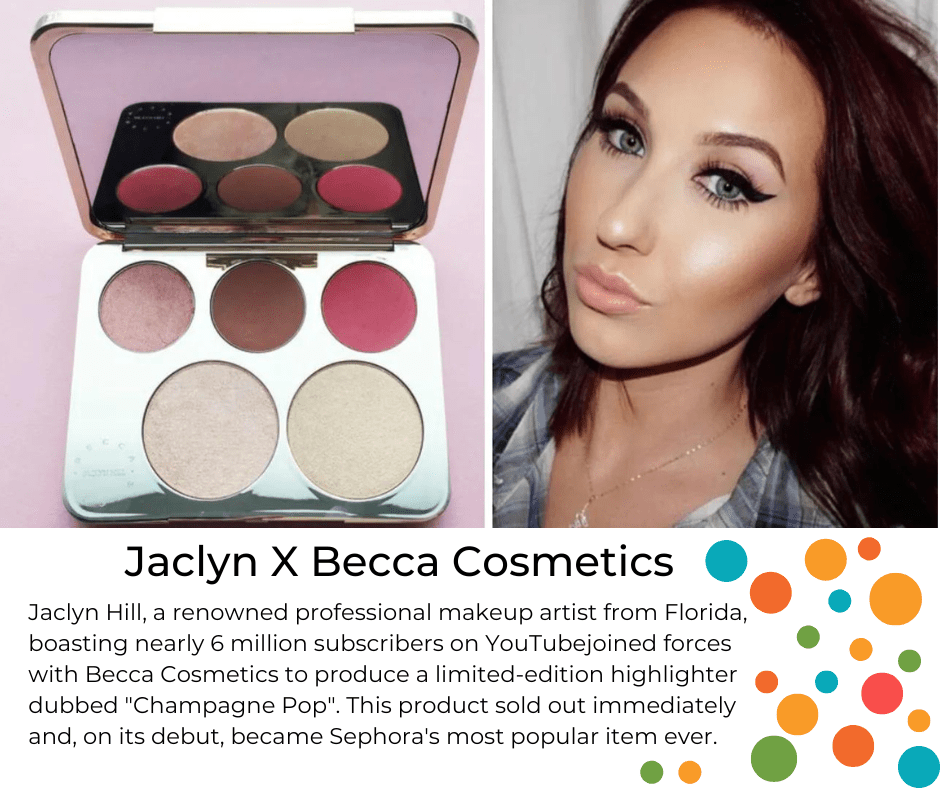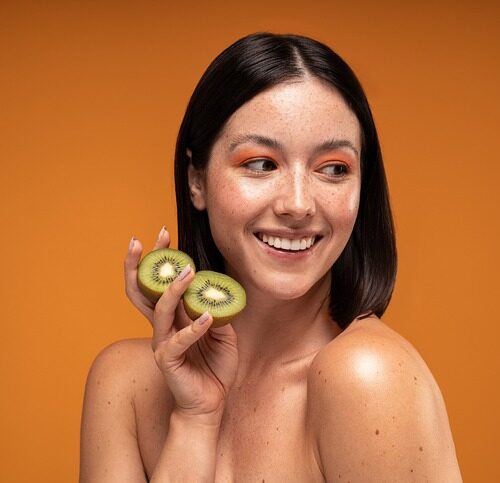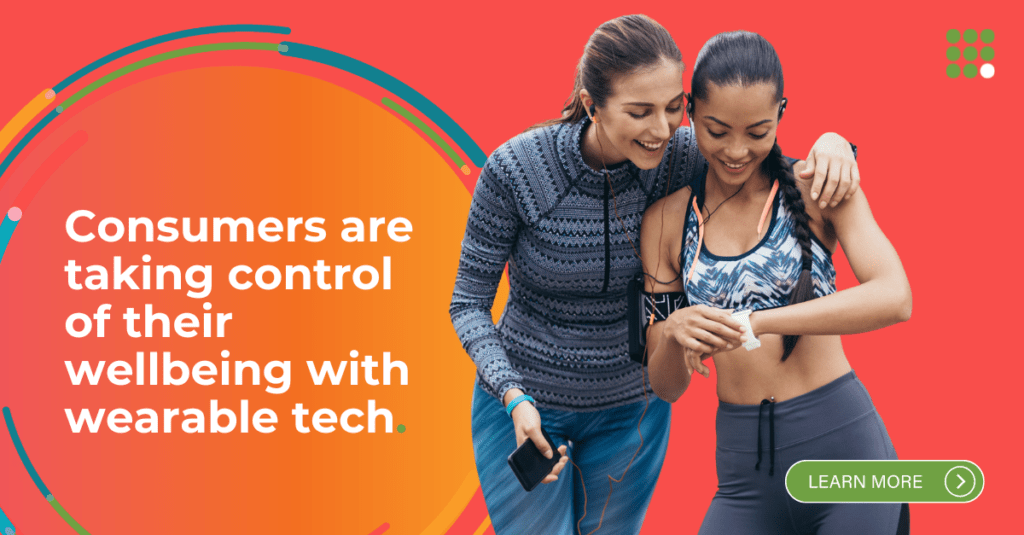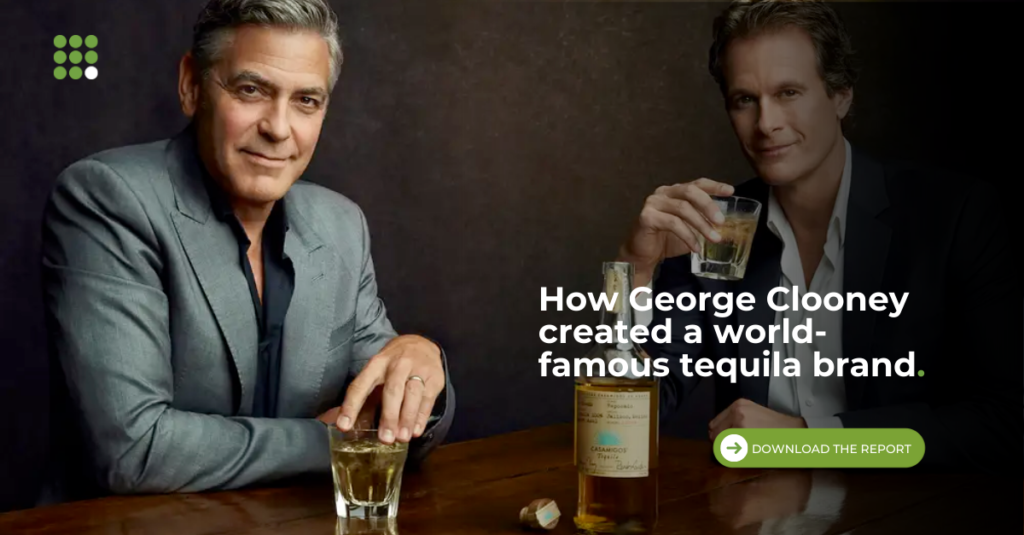The USD 500 billion beauty and personal care industry encompasses everything from skincare and cosmetics to hair care and personal grooming. This lucrative industry has seen a significant surge in influencer marketing campaigns to reach its target audience. In fact, beauty brands are some of the most-followed and active accounts on social media.
According to LTK’s national shopper study, beauty brands are the top product category from influencer recommendations. For beauty brands, there are ample opportunities for social selling; however, the intense competition in this space can be daunting.
The key to differentiating a beauty brand in such a crowded marketplace is to have the right influencer to communicate the message personally. This helps people become engaged and commit to the beauty brand. Beauty brands must also evaluate their campaign’s success to continue building upon it.
In this guide, you will learn about the benefits of utilizing the top influencer platform to expand your beauty brand; tips on strategy, campaigns, and selecting the right influencers; and guidance on where to begin.
In the past decade, influencer marketing has become a crucial part of the marketing strategies of many beauty brands. Influencer marketing is leveraging social media influencers’ reach and influence to promote products or services. Beauty brands have partnered with influencers with a significant following on social media platforms such as Instagram, YouTube, and TikTok.
This guide will explore the impact and effectiveness of influencer marketing on beauty brands, including the advantages and disadvantages of this marketing strategy.
What is influencer marketing?
Influencer marketing is a type of social media marketing that focuses on using key leaders or ‘influencers’ to drive brand messages to the target market. Influencers are industry experts and social media personalities with established credibility, a large following, and niche audiences.
Influencer marketing plays an integral role in the beauty and personal care industry. From make-up tutorials to health and wellness routines, influencers can offer personal, real-time tips to help potential customers make informed purchasing decisions.
Companies view influencers as key brand partners in helping them connect with a targeted audience to increase awareness and sales. Creators or influencers representing the brand and its products can be extremely valuable for designing content strategies to reach a specific demographic. Such strategies can be crafted using various visuals and interactive materials that articulate the brand’s messaging and the influencer’s experiences. This can lead to an authentic relationship between the influencer and the brand’s audience.

The Advantages of Influencer Marketing for Beauty Brands:
- Increased Brand Awareness
Partnering with influencers can help beauty brands reach a wider audience and increase brand awareness. Influencers have a dedicated following on social media, and their followers often trust and value their recommendations. Influencers promoting a beauty brand’s products can generate interest and awareness among their followers, leading to increased brand exposure.
- Targeted Marketing
Influencer marketing allows beauty brands to target specific demographics and audiences. By partnering with influencers with a significant following within a particular demographic, beauty brands can reach their target market more effectively. This can result in higher engagement rates and more conversions.
- Cost-Effectiveness
Compared to traditional advertising methods, influencer marketing can be a cost-effective way for beauty brands to promote their products. While partnering with top-tier influencers can be expensive, beauty brands can also work with micro-influencers with smaller followings but can still reach a targeted audience at a lower cost.
- Authenticity
Influencer marketing can add authenticity to a beauty brand’s marketing strategy. Influencers are often seen as authentic and trustworthy by their followers, which can increase the perceived value of a beauty brand’s products. This can lead to increased engagement and conversions.
The Disadvantages of Influencer Marketing for Beauty Brands:
- Risk of Inauthenticity
One of the main disadvantages of influencer marketing is the risk of inauthenticity. If influencers promote products solely for the sake of payment, it can come across as inauthentic and may damage their reputation with their followers. This can also poorly reflect the beauty brand, leading to decreased trust and credibility.
- Limited Control
Beauty brands have limited control over influencers’ content when promoting their products. While they can provide guidelines and suggestions, ultimately, the influencer has creative control over the content. This can lead to inconsistencies in messaging and branding.
- Saturation
Influencer marketing has become increasingly popular in recent years, leading to saturation in the market. With so many beauty brands partnering with influencers, it can be difficult for a brand to stand out and make an impact.
- Challenges with metrics and ROI
Measuring the effectiveness of influencer marketing can be challenging, and it can be difficult to determine the return on investment (ROI). Metrics such as engagement rates, impressions, and conversions can be used to measure the success of a campaign, but it can be difficult to attribute sales directly to influencer marketing.
There are two types of influencers —micro-influencers and macro-influencers.
Both micro-influencers and macro-influencers have a place in the marketing world, but they have some distinct differences that set them apart.
The main differences between micro and macro influencers are their reach and cost. Micro-influencers usually have between 10k-100k followers, while macro-influencers have above 100k followers.
Micro-influencers have a smaller but more dedicated following, often with niche interests. They also tend to engage their followers more since their following is smaller. This can create stronger bonds between influencer and follower, often resulting in more meaningful connections.
On the other hand, macro-influencers have a larger but less dedicated following, usually due to a broader range of interests and less one-on-one interaction with followers.
Another big difference between the two is their rates for sponsored posts. Since macro-influencers often have bigger followings, they can usually command higher rates than micro-influencers.
However, this doesn’t necessarily mean they always have a higher ROI. Micro-influencers can have a higher ROI due to their more engaged followers.
Micro and macro influencers have advantages and disadvantages; choosing the right influencer will depend on the campaign’s specific needs. The size of their audience, the quality of their engagement, and the cost must be considered when selecting an influencer.
What types of platforms are most popular for Influencer Campaigns
Influencer campaigns showcase the power of influencers to boost brand engagement and inspire potential customers. This, in turn, can significantly affect sales within the beauty and personal care industry.
Beauty influencers greatly impact product sales worldwide, creating trends and transforming the beauty industry.
The platform with the most beauty influencers is undoubtedly Instagram, with its ease of use, huge user base, and engaging features allowing influencers to build their own audience. Countries like the US, UK, India, and Brazil lead the charge for the total number of influencers, but as social media usage expands to other areas of the world, this number will grow.
Instagram is also the platform with the highest engagement rate for beauty influencers, particularly when it comes to micro-influencers. Due to their niche approach and smaller but highly dedicated following, micro-influencers can leverage relationships with their followers to have high interaction rates with posts, especially compared to traditional beauty influencers, who may have more followers but often receive lower engagement.
The success of Instagram influencers has spilled over to other platforms, particularly YouTube, which is seeing an increasing number of beauty influencers and related content. However, while it may not have the highest engagement rate for beauty influencers, YouTube is still a major player in the market and should not be overlooked.
Case Study: Glossier
Glossier is a direct-to-consumer beauty brand that has successfully leveraged influencer marketing to promote its products. The brand was founded in 2014 and has become a cult favorite among millennial and Gen Z consumers.
Glossier’s influencer marketing strategy focuses on working with micro-influencers with smaller followings but can still reach a targeted audience. The brand has also cultivated a community of “Glossier Girls,” who are fans of the brand and are often featured on Glossier’s social media platforms.
One of Glossier’s most successful influencer campaigns was the launch of its
Four beauty brands that effectively used influencer marketing to build a loyal following:
US – Fenty Beauty by Rihanna
Fenty Beauty by Rihanna is a US-based beauty brand that launched in 2017. The brand’s strategy heavily relied on influencer marketing, particularly on social media platforms like Instagram and YouTube. The brand collaborated with various influencers, from micro-influencers to celebrities, to promote its products.
One of the brand’s most successful influencer campaigns was the launch of its Pro Filt’r Soft Matte Longwear Foundation. The brand partnered with influencers of various skin tones and types, ensuring the foundation was showcased to a diverse range of individuals. This helped the brand gain traction and build a loyal following, particularly among women of color who had previously struggled to find a foundation that matched their skin tone.
UK – Charlotte Tilbury
Charlotte Tilbury is a UK-based beauty brand that launched in 2013. The brand has a strong influencer marketing strategy and has partnered with numerous beauty bloggers and influencers to promote its products. Charlotte Tilbury’s influencer campaigns have been particularly effective on Instagram, where the brand has over 3 million followers.
One of the brand’s most successful influencer campaigns was the launch of its Pillow Talk lipstick. The brand partnered with influencers such as Zoella, who posted Instagram stories and blog posts about the lipstick, generating buzz and interest around the product. The campaign was so successful that the brand expanded its Pillow Talk range to include an eyeshadow palette and blush.
India – Nykaa
Nykaa is an Indian beauty and wellness brand that launched in 2012. The brand’s strong online presence has leveraged influencer marketing to expand its reach and increase sales. Nykaa has partnered with micro-influencers and celebrities to promote its products, particularly on Instagram and YouTube.
One of Nykaa’s most successful influencer campaigns was the launch of its matte lipstick range. The brand partnered with influencers such as Masoom Minawala, who created YouTube tutorials showcasing lipsticks and how to wear them. The campaign generated over 6 million views on YouTube and helped the brand establish itself as a leader in the Indian beauty market.
China – Perfect Diary
Perfect Diary is a Chinese beauty brand that launched in 2017. The brand has rapidly gained popularity in China due to its influencer marketing strategy. Perfect Diary has partnered with numerous Chinese influencers, particularly on the social media platform Weibo, to promote its products.
One of Perfect Diary’s most successful influencer campaigns was the launch of its “Dreaming Of Sea” eyeshadow palette. The brand partnered with influencers such as Becky Li, who created makeup tutorials using the palette on Weibo. The campaign generated over 200 million views and helped the brand become a major player in the Chinese beauty market.
Diversity and Inclusion in Influencers
The landscape of beauty influencers is also becoming more diverse as many male beauty influencers are popping up on social media. Their content may range from advice on skincare, fashion tips, or personal videos featuring their daily activities and lifestyle. This new group of influencers is set to revolutionize the beauty industry further and provide greater inclusivity to an already diverse sector.
In conclusion, the impact of beauty influencers can be felt worldwide and shows no sign of slowing down anytime soon. Instagram is currently leading the pack in terms of the number of influencers and engagement rate, but with an influx of new platforms and styles of influencers emerging, there is no telling what the future of beauty influencers will bring.
No, the same beauty influencers are not always active on all social channels. For example, while they might have a thriving presence on YouTube, they might not have an active presence on Instagram or TikTok. It all depends on the influencer and what platforms they feel the most comfortable and effective on. Each influencer usually specializes in one or two platforms, often tailoring their content for that specific channel. They might focus on Instagram to showcase beauty products but specialize in Youtube for longer-form content, like tutorials. Additionally, some influencers are active on all platforms, creating different types of content on each. This approach can help build their presence across all channels, increasing success and visibility.
The impact of Beauty Influencers
Beauty buyers seek products and services that best suit their preferences, needs, and values. That’s why beauty and personal care brands are now looking to beauty and wellness influencers to engage with potential buyers and promote their products and services.
Beauty and wellness influencers are highly engaged and passionate individuals with a large audience who share honest reviews and opinions on the latest beauty trends. They often receive incentives or gifts from brands in return for their content and have the power to make or break a product launch or sale.
By engaging with beauty influencers, beauty brands can promote their products to a wider and more specific audience, gain valuable feedback from buyers, increase product visibility, and establish buyer loyalty. Through the influencer’s content, brands can promote products to customers in an interactive, entertaining, and innovative way.
To ensure maximum benefit from influencer marketing, beauty brands need to clearly define the goals of their campaign, identify the influencers that are best suited to the goals and brands, establish and implement guidelines for engagement, provide the necessary support for influencers, track engagement data, and analyze campaign results.
In addition to their campaigns, beauty brands can also maximize their strategy by utilizing influencer marketing software and creator management. With this software, brands can easily discover, track and engage influencers in their network. Additionally, they can measure and monitor the success of campaigns in real-time, assess their ROI, track payment schedules, and view detailed performance metrics.
By leveraging influencer marketing in their beauty marketing strategies, large and small beauty brands can gain loyal customers, generate brand awareness and create long-term engagement and relationships.
Crafting an influencer campaign for a beauty brand requires strategy and research to create an effective campaign that produces results.
Tips to keep in mind when planning an influencer campaign.
Choose the Right Influencers.
Select influencers who align with the goals and mission of your beauty brand and have an audience that would be interested in what your beauty brand offers.
Utilize Existing Connections.
See if you already have a relationship with any influencers and use it to your advantage. Influencers that you already know can give you a better idea of what their followers like, how to approach them, and how to interact with them.
Set a Realistic Budget.
Knowing how much you can spend on your influencer campaign will help you create an achievable goal. Determine the most important part of the campaign, such as whether you want a certain number of impressions, engagement, or followers. Then adjust your budget to what makes the most sense for your goals.
Establish Metrics.
Establishing specific metrics to measure success is important to ensure you get a return on investment. Create KPIs focusing on the outcome you are trying to achieve, whether sales or awareness.
Analyze Performance.
Once your influencer campaign has concluded, it’s important to look at the results and determine what worked and what didn’t. Analyzing performance will help you adjust your future campaigns to achieve maximum success.
Get regular insights
Keep up to date with the latest insights from our research as well as all our company news in our free monthly newsletter.





 Senior Marketing Executive
Senior Marketing Executive Sales & Marketing
Sales & Marketing General Manager PR -Internal Communications & Government Affairs
General Manager PR -Internal Communications & Government Affairs Vital Strategies
Vital Strategies
 Customer Intelligence Director
Customer Intelligence Director